
Oh!Some store at Vincom Dong Khoi shopping mall (HCMC) is crowded with young customers visiting and shopping in the evening - Photo: NHAT XUAN
According to the 3rd quarter 2025 report of CBRE Vietnam Market Research Company, a series of Chinese retail brands such as Chagee, KKV, Popmart, Oh!Some, Polarpopo, Wayjie, Xian Niu Lau, Colorist,... have been expanding their store systems in large shopping centers and busy residential areas in Ho Chi Minh City.
Tuoi Tre's records show that at the stores of these brands, the shopping atmosphere is vibrant, especially attracting young people and families to visit, shop, and experience.
Chinese goods "transform" in Vietnam
On the evening of October 21, although it was not a weekend, the Oh!Some store at Vincom Dong Khoi (HCMC) was still bustling with customers. This is the brand's first flagship store in Vietnam that has just opened.
After spending nearly 20 minutes walking around the stalls, Nguyen Thi Truc (23 years old, living in An Dong ward) still seemed reluctant, saying "I still don't want to go out". Truc said that she initially only intended to stop by the shopping mall to buy clothes, but when she passed by, she saw that this store was so beautiful that she stopped in to try it out. "The clothes here are both beautiful and unique, the prices are reasonable, there are many styles, I want to buy every item I see", Truc said.
Not only Oh!Some, at KKV store in SC VivoCity (HCMC), the shopping atmosphere is equally bustling.
Although located in a high-end area, the prices of products here are only equivalent or slightly higher than those on e-commerce platforms. A bottle of domestic Chinese shampoo costs about 120,000 - 160,000 VND, lipstick is more than 100,000 VND, and household appliances are only a few tens of thousands of VND.
Notably, KKV does not avoid the origin of the products, but also has a separate area to display Chinese cosmetics with familiar brands for young people such as Colorkey, Spes, Puco... The neat layout, bright lighting, and eye-catching color palette make many young people "lost" among countless small, cute, and cheap items.
Not only attracting customers thanks to eye-catching designs, low prices and diverse brands, many Chinese retail chains also score points by creating a multi-layered shopping and entertainment experience space, where buyers not only spend money, but also have "fun".
In stores like KKV or Oh!Some, besides the product display area, there are also fun corners such as stuffed animal claw machines or puzzle areas. Each top-up costs only 50,000 VND, but many young people are willing to spend hundreds of thousands of VND just to "claw for fun".
Even products that used to be stereotyped, such as Chinese snacks and candies, are now more openly accepted by young consumers.
At a large snack shop on Nguyen Thi Minh Khai Street (old District 3), the best-selling area is almost "dominated" by products of Chinese origin such as spicy sticks, chicken feet, sausages, domestic noodles, milk cakes, seafood snacks...
Most products have Vietnamese sub-labels, are displayed cleanly, have uniform and eye-catching packaging. Plus the cheap price factor, averaging only 3,000 - 12,000 VND/item, the transparent and reputable sales model makes it easy for customers to be swayed.

The eye-catching display space makes many young people excited to check in - Photo: N.XUAN
Vietnamese businesses struggle to protect their "home turf"
Talking to us, Mr. Vu Van Lan - representative of Vina Giay Joint Stock Company - admitted that the competitive pressure from Chinese goods is increasing. According to Mr. Lan, people with high incomes are willing to spend millions of dong, even tens of millions of dong for a pair of branded shoes, while the low-income group chooses Chinese goods for only a few hundred thousand dong, "affordable, high quality, and pleasing to the eye".
According to Mr. Lan, since the US-China trade war, the domestic market has become more difficult as more and more Chinese brands have entered Vietnam, more beautiful and better than before. And this is the inevitable result of the production capacity that China has accumulated over many decades.
"They have a very good foundation, from raw materials to production processes, so when they encountered difficulties in the US market after the trade war, it was understandable that they shifted their focus to Vietnam," said Mr. Lan.
Meanwhile, many Vietnamese businesses are still struggling after the COVID-19 pandemic, not having had time to restructure to catch up with the new wave. "At this time, surviving is already good, many manufacturing businesses in the industry are still just trying to maintain operations and have not been able to break through," said Mr. Lan.
Mr. Tran Quoc Bao - Deputy General Director of KIDO Group - also said that the expansion wave of Chinese brands in Vietnam is an inevitable trend in the context of globalization and free trade, especially stronger after the trade war.
"In just the past 6 months, the group has received and worked with nearly 20 trade promotion delegations from China, demonstrating the great interest of Chinese enterprises in the Vietnamese market," said Mr. Bao.
To cope with the increasingly fierce competition, this business has chosen to apply artificial intelligence (AI) as a strategic tool to improve sales and marketing capabilities.
The company currently has 5,000 offline sales staff and 3,000 online staff, combined with an AI-based livestream avatar system, creating a hybrid sales network between humans and technology. "This is preparation for a long-term battle," Mr. Bao emphasized.
Integrating AI helps this business expand coverage, maintain interaction with consumers and improve order conversion, while reducing operating costs and increasing marketing efficiency, maintaining domestic retail market share.
A trade expert also said that the greatest strength of Vietnamese businesses lies in their deep understanding of domestic tastes, habits and consumer needs, a factor that foreign goods can hardly copy.
"When combining this advantage with modern technology like AI, Vietnamese businesses can completely consolidate their position and compete fairly with foreign goods, instead of being swept away by the increasingly strong wave of expansion," he affirmed.
Well received for meeting the "taste" of Gen Z customers
With the strong development of social media platforms such as TikTok, along with the flowery advertisements from influential people (KOL, influencer), Chinese products are increasingly accepted in Vietnam. No longer shy or "disguised" as before, many young people are willing to spend a lot of money on products labeled "made in China" because they are eye-catching and trendy.
A typical example is Popmart, a toy brand from China. After the character Labubu was expressed by K-pop idol Lisa, the trend of collecting this character quickly spread throughout Asia and "landed" in Vietnam. At the hottest time, it was not difficult to see many young people lining up from early morning in front of shopping centers with Popmart stores just to hunt for the latest version of Labubu.
According to experts from CBRE Vietnam, as Generation Z (born from 1997 to 2012) gradually becomes the main consumer force, the race in the retail industry no longer revolves around location or floor space, but rather the ability to create experiences that make customers want to stay longer.
Vietnam - China trade turnover increased by nearly 22%
According to the Vietnam Customs Department, by mid-October 2025, the country's total import-export turnover reached 718.85 billion USD, of which the trade surplus was 17.14 billion USD. In the first half of October alone, import turnover reached 18.69 billion USD.
Figures from the General Statistics Office show that China is still Vietnam's largest trading partner, with total two-way turnover in the first 8 months of 2025 reaching 159.9 billion USD, an increase of nearly 22% over the same period in 2024. Of which, Vietnam imported 117.9 billion USD from China, nearly 3 times the export value (42 billion USD).
Experts predict that with the current growth rate, total Vietnam-China trade turnover in 2025 could exceed the 205 billion USD mark of 2024.
Source: https://tuoitre.vn/hang-trung-quoc-do-bo-viet-nam-20251028075138866.htm


![[Photo] Prime Minister Pham Minh Chinh chaired a meeting to evaluate the operation of the two-level local government model.](https://vphoto.vietnam.vn/thumb/1200x675/vietnam/resource/IMAGE/2025/10/29/1761751710674_dsc-7999-jpg.webp)


![[Photo] New-era Party members in the "Green Industrial Park"](https://vphoto.vietnam.vn/thumb/1200x675/vietnam/resource/IMAGE/2025/10/30/1761789456888_1-dsc-5556-jpg.webp)
![[Photo] Fall Fair 2025 - An attractive experience](https://vphoto.vietnam.vn/thumb/1200x675/vietnam/resource/IMAGE/2025/10/30/1761791564603_1761738410688-jpg.webp)










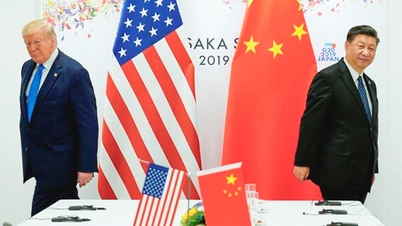

















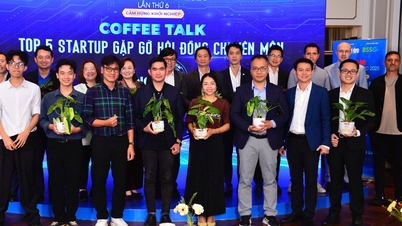
























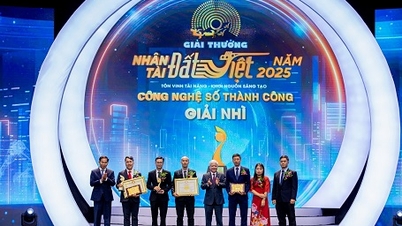


















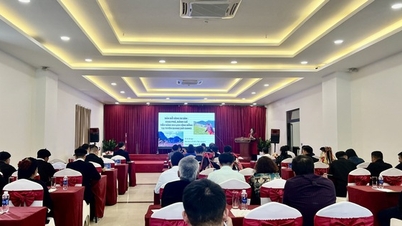

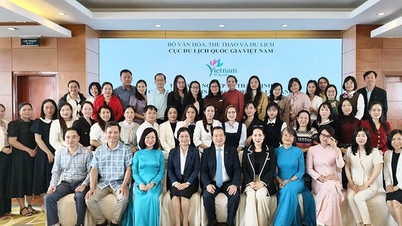
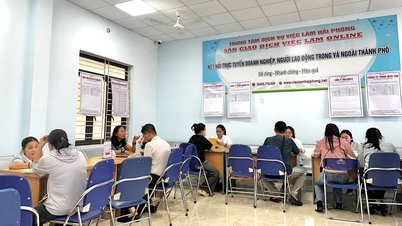


























Comment (0)